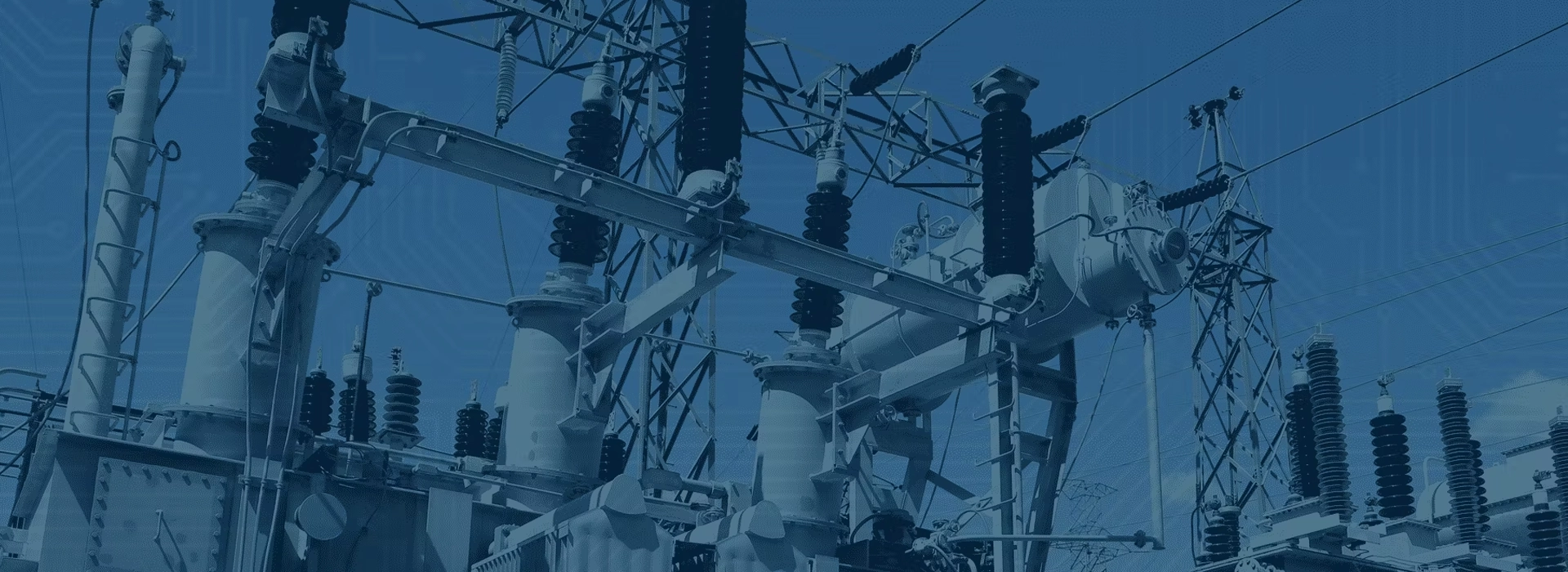An Indoor Vacuum Circuit Breaker (VCB) is primarily used in indoor and outdoor switchgear systems as a key component or switching unit. It is typically mounted inside a metal-clad enclosure, though fewer indoor vacuum circuit breakers can be directly installed in indoor rooms without an enclosure.
Overview of Vacuum Circuit Breaker
The Uni Indoor VCB is also known as a High Voltage (HV) Vacuum Circuit Breaker. It is an indoor switching device utilizing vacuum interrupter technology, providing highly reliable electrical and mechanical performance, with a lifespan of up to 10,000 operations.
This VCB follows the IEC and ANSI standards and demonstrates excellent performance in three-phase AC power grids operating at 50 / 60 Hz with rated voltages of 12kV, 24kV, 36kV, and 40.5kV.
Indoor HV vacuum circuit breakers are used for the protection and control of power grid equipment and industrial power systems. They are particularly suited for applications requiring frequent operations, whether under rated working current or during short-circuit conditions.
1. Structure
The vacuum circuit breaker consists of several key components:
- Conductive Circuit: Carries the current.
- Separable Contacts: Actuates the switching operation to connect or break the circuit.
- Arc Extinguishing Device: Quickly and reliably extinguishes the arc, ensuring the circuit is fully disconnected. Among various types of circuit breakers, the vacuum circuit breaker has the best arc-extinguishing capability.
- Insulating Parts: Provide electrical isolation to prevent short circuits and other issues.
- Base, Transmission Mechanism, and Operating Mechanism: These parts drive the opening and closing actions of the contacts. The operation mechanism can be manual, electric, pneumatic, or hydraulic. In certain circuit breakers (such as oil or sulfur hexafluoride circuit breakers), the operating mechanism is separate from the breaker body, offering flexibility in operation.
2. Key Parameters
The following are the primary parameters for vacuum circuit breakers:
- Rated Voltage: The nominal voltage for the system, typically specified as phase (line) voltage for three-phase systems, as per national standards.
- Working Voltage: The maximum voltage that the circuit breaker can handle for prolonged periods, usually 10-15% above the rated voltage, in accordance with IEC standards.
- Rated Current: The maximum current the breaker can carry continuously without causing damage or excessive temperature rise.
- Rated Short-Circuit Breaking Current: The maximum short-circuit current the breaker can safely interrupt under specified conditions.
- Rated Short-Circuit Current: The peak short-circuit current the breaker can safely interrupt.
- Rated Short-Time Withstand Current: The current the breaker can carry for a short time (e.g., 2 seconds) in a closed position without sustaining damage.
- Rated Peak Tolerance Current: The peak current the breaker can tolerate in a closed position during a short-circuit event, typically expressed as a half-wave peak.
- Off Time: The duration between the breaker receiving the “disconnect” instruction and the time it fully extinguishes the arc.
3. Classification
Circuit breakers can be classified in various ways based on their operating conditions, arc-extinguishing principles, and structure. The primary classification methods are:
- By Application Type:
- AC Circuit Breakers – Used in alternating current systems.
- DC Circuit Breakers – Used in direct current systems.
- By Voltage Rating:
- Low-Voltage Circuit Breakers: Rated for AC voltages up to 1200V or DC voltages up to 1500V.
- High-Voltage Circuit Breakers: Rated for voltages above 3000V.
Additional Product Information
- Vacuum Technology: The use of vacuum interrupters in VCBs helps extinguish arcs more efficiently than traditional oil or SF6 circuit breakers. The vacuum provides a medium where electrons can’t easily travel, thus preventing arc formation once the contacts separate.
- Durability: Vacuum circuit breakers are known for their long operational lifespan (up to 10,000 mechanical operations) and reduced maintenance needs, making them a reliable choice for both industrial and utility applications.
- Environmental Considerations: Unlike oil and SF6 circuit breakers, vacuum circuit breakers do not pose environmental hazards, as they do not require insulating oil or greenhouse gas-based technologies.

